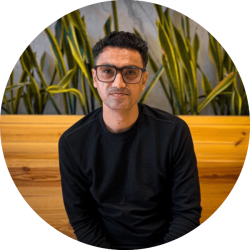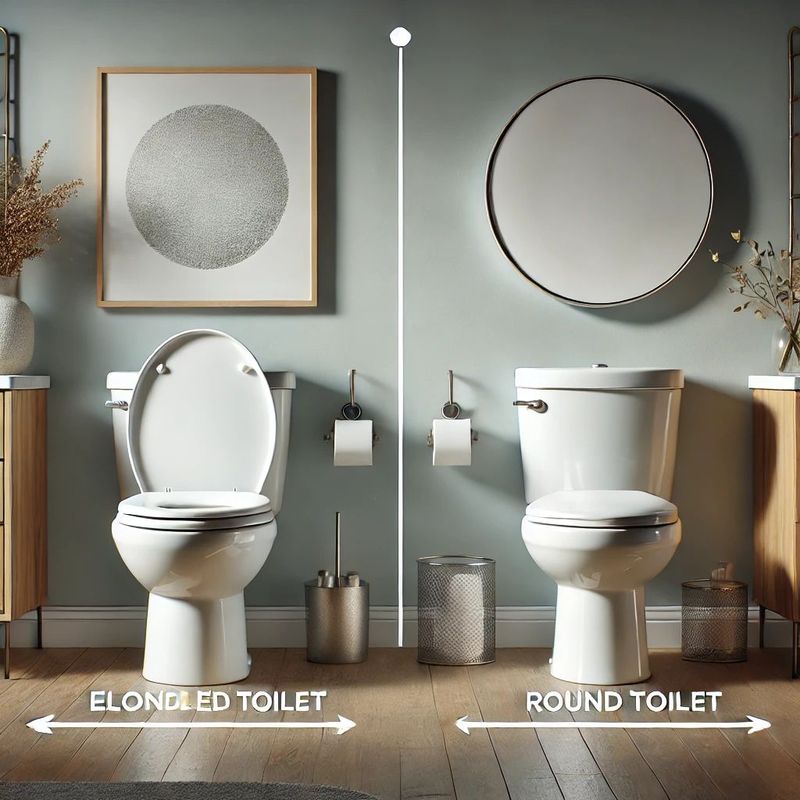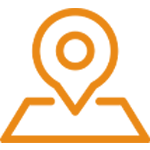 English
English
Jabra Sanitary is a sanitaryware supplier offering toilets, sinks, faucets, bathtubs, etc., at competitive prices. If you're a distributor, wholesaler, or project contractor, get a quote today!
 $23.9 Limited-time Offer
$23.9 Limited-time Offer Consignment Policy
Consignment Policy 20 Years of Experience
20 Years of Experience
Tankless toilets represent a modern evolution in bathroom design and functionality, eliminating the need for a traditional water tank and instead utilizing a direct water supply for flushing.
This innovative approach not only provides a sleek and space-saving solution but also ensures a powerful and efficient flush. Ideal for contemporary homes and small bathrooms, tankless toilet bowls are becoming increasingly popular due to their aesthetic appeal and practical benefits.
In this article, we will explore what is a tankless toilet, how do tankless toilets work, tankless toilets pros and cons, and installation procedures. Whether you're considering an upgrade for your home or simply curious about this cutting-edge technology, read on to learn everything you need to know about tankless toilets.

Table of Contents
What is a Tankless Toilet?
How Do Tankless Toilets Work?
Are Tankless Toilets Better?
Steps of Tankless Toilet Installation
How to Install a Bidet on a Tankless Toilet
Conclusion
A tankless toilet, as the name suggests, is a type of toilet that operates without the traditional water tank found in most standard toilets.
Instead of relying on gravity to aid in flushing, tankless toilets use a direct water supply connection and a flush valve mechanism to generate the necessary pressure for flushing waste. This design offers several benefits, including a sleeker appearance, space-saving capabilities, and often a more powerful and efficient flush.
Some of the key features of tankless toilets include:
- No storage tank: A tankless toilet does not use a traditional cistern to hold water for flushing.
- Direct water supply: It uses a water supply line with high pressure to clean the bowl.
- Space-saving: The absence of a tank helps save space in your bathroom, making it ideal for smaller spaces.
- Water-saving: These toilets often have dual flush options that help conserve water.
Tankless toilets come in various styles and forms, such as wall-mounted and floor-mounted units.
One popular style is the wall-mounted tankless toilet that is installed directly on the wall, further enhancing the space-saving aspect of this design.
Additionally, some tankless toilets may come with other features like a bidet, providing a complete, hygienic, and convenient bathroom experience.
Tankless toilets are designed for:
- Space-saving: Ideal for small or compact bathrooms.
- Flexibility: They can easily be installed in various locations.
- Efficiency: Uses water efficiently and reduces water wastage.
- Style: Offers a clean and seamless aesthetic.
To choose the best tankless toilet for your needs, consider factors such as the available space in your bathroom, water pressure, and desired features like a bidet or dual flush options.
In commercial settings, tankless toilets are a common choice due to their efficient use of water, durable design, and easy maintenance. The high-traffic nature of commercial bathrooms often requires powerful flushing systems, and tankless toilets can meet this requirement while also conserving water, making them an environmentally friendly option.
How Do Tankless Toilets Work?
Understanding how do tankless toilets work is essential if you're considering installing one in your home or commercial space.
Tankless toilet, how do they work? Here's a step-by-step explanation of the process:
- Water Supply Connection: The tankless water closet is connected directly to the building's main water supply line.
- Flush Valve Mechanism: When the flush button or lever is activated, a flush valve opens, allowing water to enter the bowl at high pressure.
- Efficient Flushing: The high-pressure water flow efficiently clears the bowl of waste, ensuring a clean and thorough flush every time.
- Immediate Refill: Since there's no tank to refill, the tankless bidet toilet is ready for the next use almost immediately after flushing.
Flush Mechanism
Tankless toilets operate differently compared to traditional toilets with a tank. They operate using a direct water supply that connects to a high-pressure flush valve. Instead of relying on the force of gravity and water from a tank, tankless flush toilets use a high-pressure water supply for flushing.
The flush mechanism in tankless toilets is activated by a sensor technology or manual action, flushing the waste efficiently and hygienically.
Water Supply and Pressure
One of the key differences between tankless toilets and their traditional counterparts is the source and pressure of water used for flushing. Tankless toilets depend on a direct water supply with increased pressure, which allows them to efficiently flush the waste without requiring a tank.
The higher water pressure is usually achieved by sending the water through the line at a faster rate, and the size of the feed pipe also plays a role in the overall pressure.
Are Tankless Toilets Better?
Whether a tankless toilet is better depends on various factors, including user preferences and specific needs. Here are some tankless toilets pros and cons:
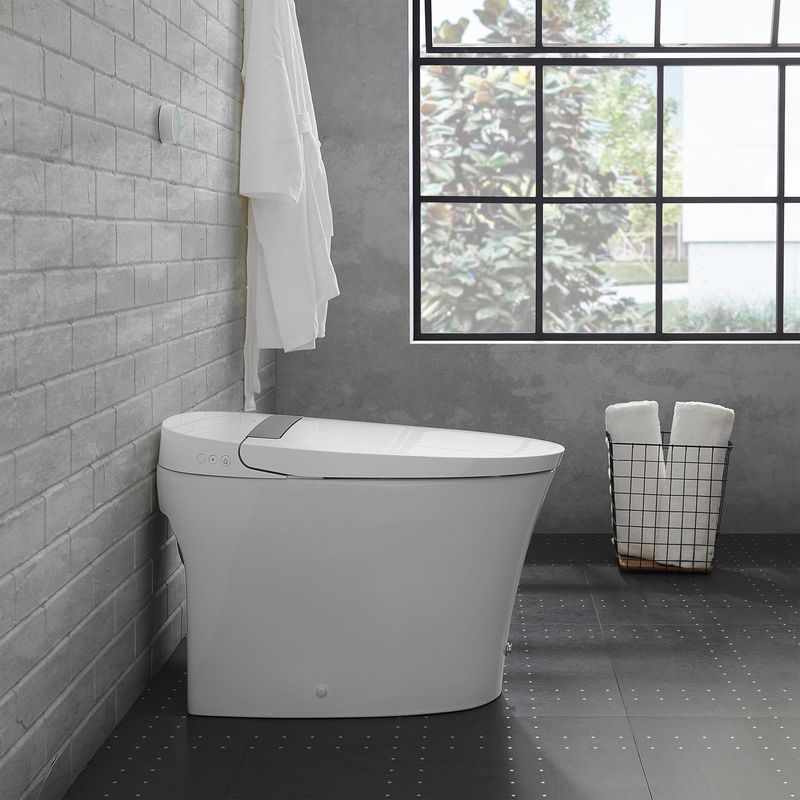
Advantages:
- Space-Saving Design: Without a bulky tank, these toilets take up less space, making them ideal for smaller bathrooms.
- Modern Aesthetics: They offer a sleek, contemporary look that can enhance the overall design of a bathroom.
- Efficient Flushing: The high-pressure flush mechanism can provide a more powerful and efficient flush, reducing the likelihood of clogs.
- Immediate Availability: With no tank to refill, the toilet is ready for use again immediately after flushing.
- Bidet Integration: Some tankless toilets also come with built-in bidet systems, providing additional hygiene and comfort options
Potential Drawbacks:
- Installation Complexity: Installing a tankless toilet can be more complex and may require professional plumbing services.
- Cost: They can be more expensive than traditional tank toilets, both in terms of the unit price and installation costs.
- Water Pressure Dependency: These toilets require stable and adequate water pressure to function correctly. In areas with low water pressure, they may not perform optimally.
- Complex Maintenance: Tankless toilets often involve more technical components than traditional systems, which may lead to additional maintenance requirements. If issues arise, repairs can be more expensive and require specialized knowledge or professional assistance
- Commercial Constraints: While tankless toilets are increasingly popular for residential use, there may be limitations on adoption in commercial settings. Building codes and regulations may require certain types of plumbing systems and fixtures, potentially restricting the use of tankless models in some cases.
Steps of Tankless Toilet Installation
Installing a tankless toilet involves several steps and often requires professional assistance due to the complexity of the plumbing work. Here is a general overview of the process:
- Preparation: Ensure the main water supply is turned off. Remove the old toilet if replacing one.
- Plumbing Adjustments: Modify the existing plumbing to accommodate the direct water supply connection needed for a tankless toilet.
- Mounting: Secure the toilet bowl to the floor or wall, depending on the model.
- Connecting Water Supply: Attach the toilet to the main water line using the appropriate fittings and ensure there are no leaks.
- Testing: Turn on the water supply and test the toilet for proper operation, ensuring the flush mechanism works correctly and there are no leaks.
How to Install a Bidet on a Tankless Toilet
Installing a bidet on a tankless toilet can enhance hygiene and provide additional functionality. Here's a basic guide:
- Select a Compatible Bidet: Choose a bidet attachment that is compatible with tankless toilets.
- Turn Off Water Supply: Ensure the water supply to the toilet is turned off before beginning the installation.
- Mount the Bidet: Attach the bidet seat or attachment to the toilet bowl as per the manufacturer's instructions.
- Connect Water Supply: Use a T-adapter to connect the bidet to the toilet's water supply line. Ensure all connections are secure and leak-free.
- Test the Bidet: Turn the water supply back on and test the bidet to ensure it functions correctly and there are no leaks.
Conclusion
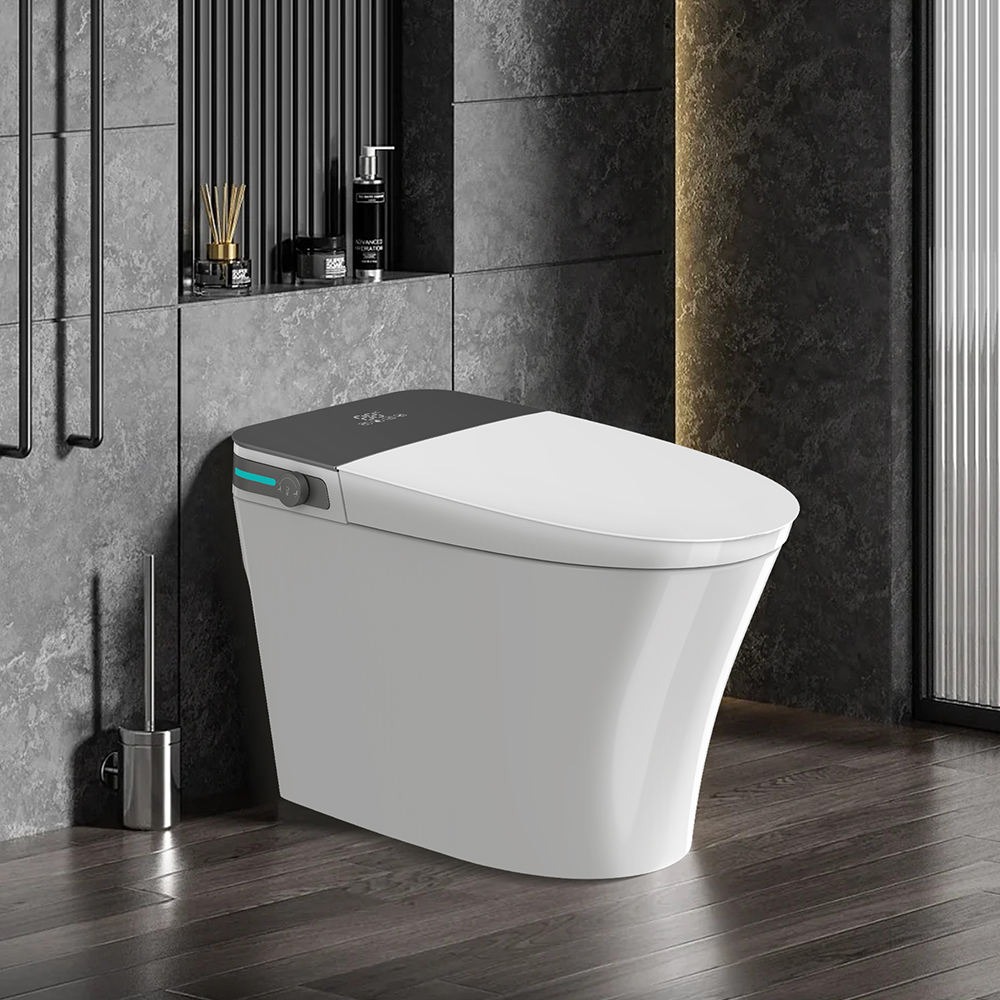
In conclusion, tankless toilets offer a modern, efficient, and space-saving alternative to traditional tank toilets. While they come with several advantages, it's essential to consider the installation requirements and potential costs before making a decision.
If you're looking to find the perfect toilet to complement your bathroom style, consider exploring the Jabra Sanitary toilet series like tankless smart toilet 945 and tankless floor mount toilet J-4012. We offer a variety of designs and features, ensuring you'll find an ideal match to enhance both the functionality and aesthetic of your bathroom.







